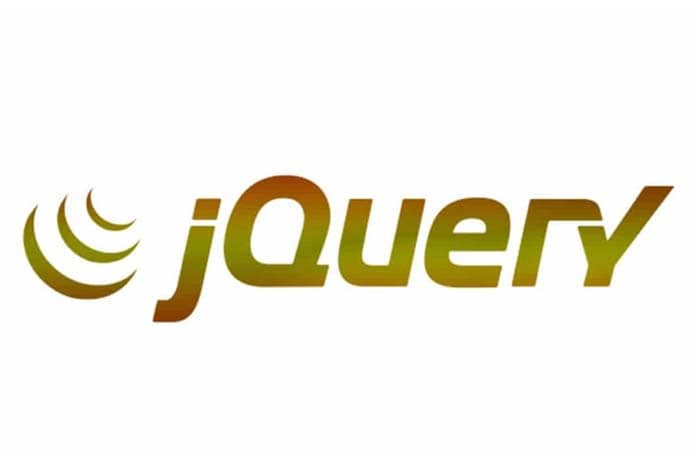It is called jQuery to a bookstore or library for JavaScript that makes programming in this language. It is usually used to add interactive elements to a web page without having to program too much.
In the field of computer science , libraries or libraries are collections of resources and implementations that are encoded in a certain programming language and that are functional. A programming language , meanwhile, is a formal language that details instructions to a computer to produce different data.
In the case of jQuery , the library is open source (everyone can contribute to the development since access to the source code is free) and is based on the JavaScript language . What it does is offer various functionalities that would otherwise require the development of more code, and therefore help save time.
Not having to write so much code to manipulate the elements, it can be ideal for those who do not have much time before the delivery date. It is important to keep in mind that the same result can be achieved using JavaScript directly , but with more lines of code.
jQuery , in short, offers “prefabricated” functions that can be used on the web pages : some are free and others require payment. With jQuery it is possible to incorporate an image gallery, create transition effects between pages or establish a drop-down menu, for example.
jQueryEach function has demonstrations, configuration options, the explanation to implement and the files to be downloaded. That is why jQuery is very popular among website developers .
That said, the many advantages that jQuery offers us when developing a project are balanced with its disadvantages, which tend to go unnoticed thanks to the publicity made by its defenders. The main one is the same one that exists with any package: the lack of control for the user. Although jQuery is open source, when we download some of its many functions we do not know it beforehand, we have not developed it and we do not know all the processes that it performs in the background but we simply want it to help us achieve a certain objective.
Suppose we want to make an image gallery for our website, but we don’t have the time or experience to give it some sophisticated touches. We want to make it possible to enlarge each image to observe it in detail and then return it to its original size by pressing a cross, arrows appear at its sides dynamically to see one after another, that there is a blur effect to hide those that are not active and that there is the option of automatic presentation of the entire gallery, that is to say that they pass one by one with a delay of a few seconds. We refer to the huge list of resources of jQuery and find what we were looking for, but sooner or later an unforeseen arises .
When we test the automatic presentation, we see that the images pass too fast or too slow, or perhaps when we look at the gallery in a certain browser, a graphic error can be seen , such as inactive images are not hidden or the blur effect fails. How do we solve it? The first logical step is to make sure that you have followed all the instructions for the implementation of the jQuery package. Once we are sure that the mistake is not our responsibility, we can proceed to seek help. But if the same has not happened to anyone else, then we find ourselves alone with a code that we have not done and that we may not know how to correct. If we had programmed everything in pure JavaScript, we would know the error.

